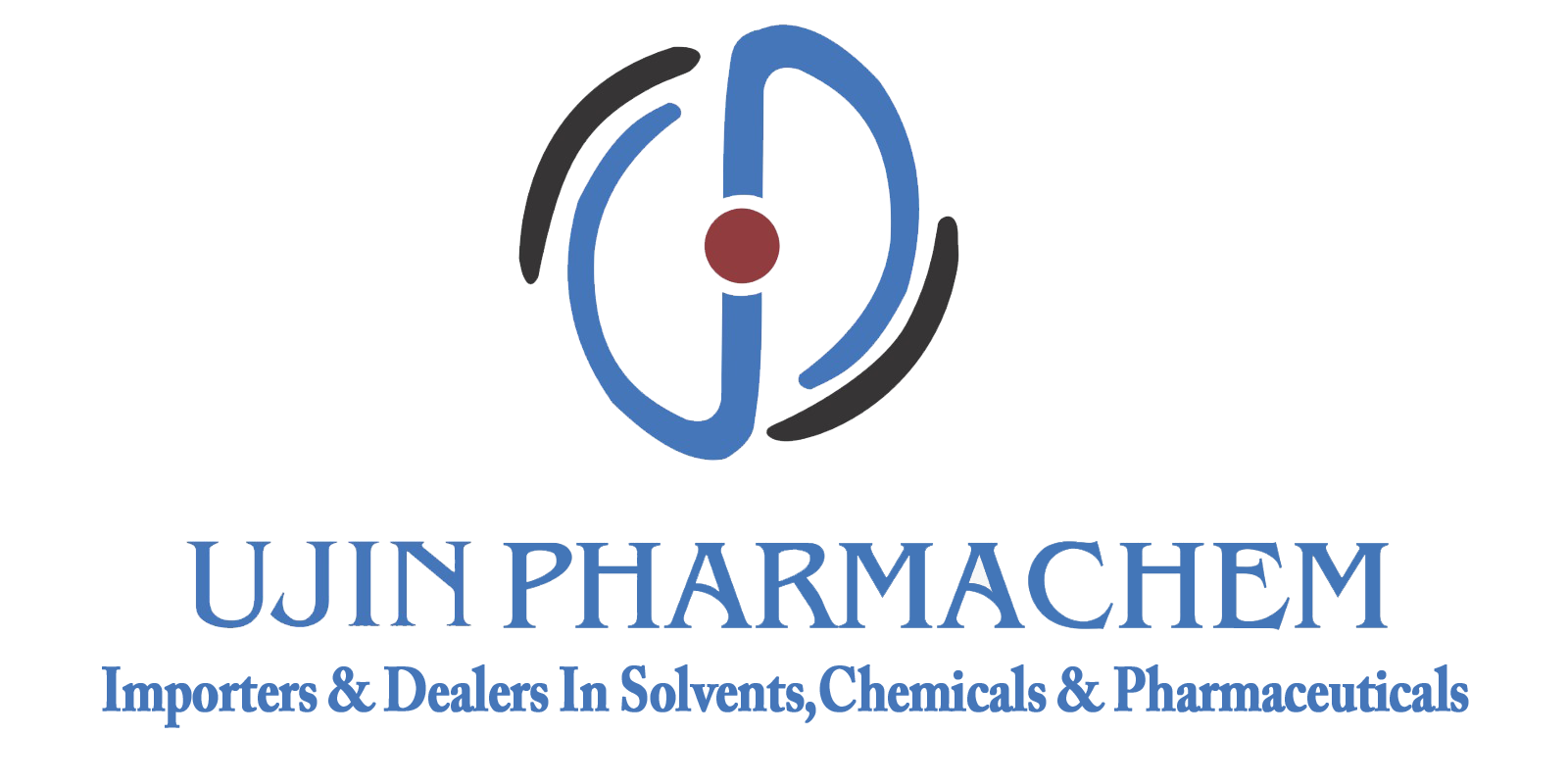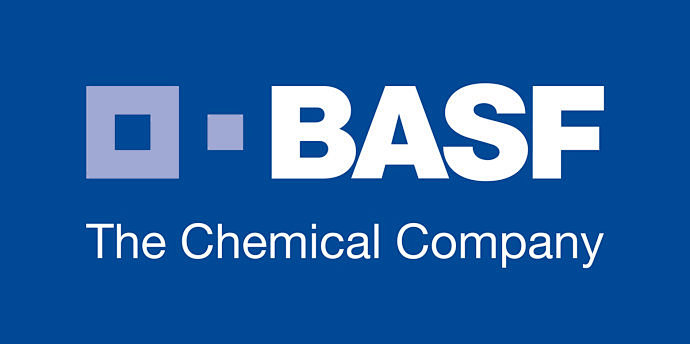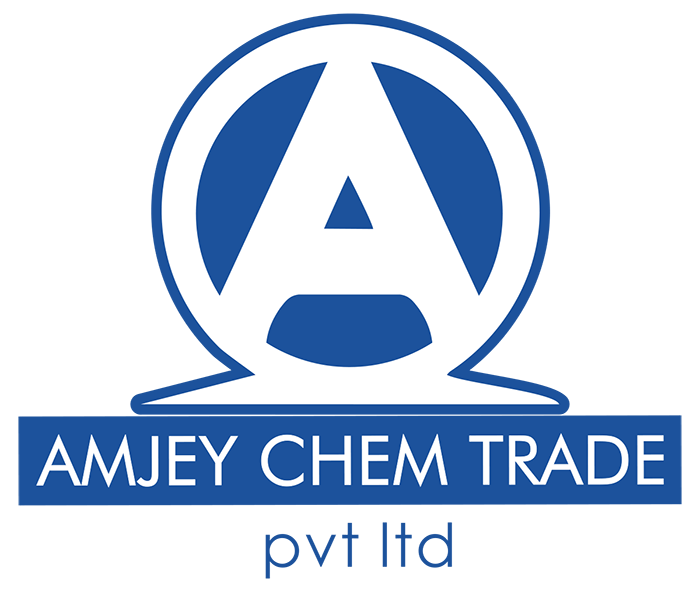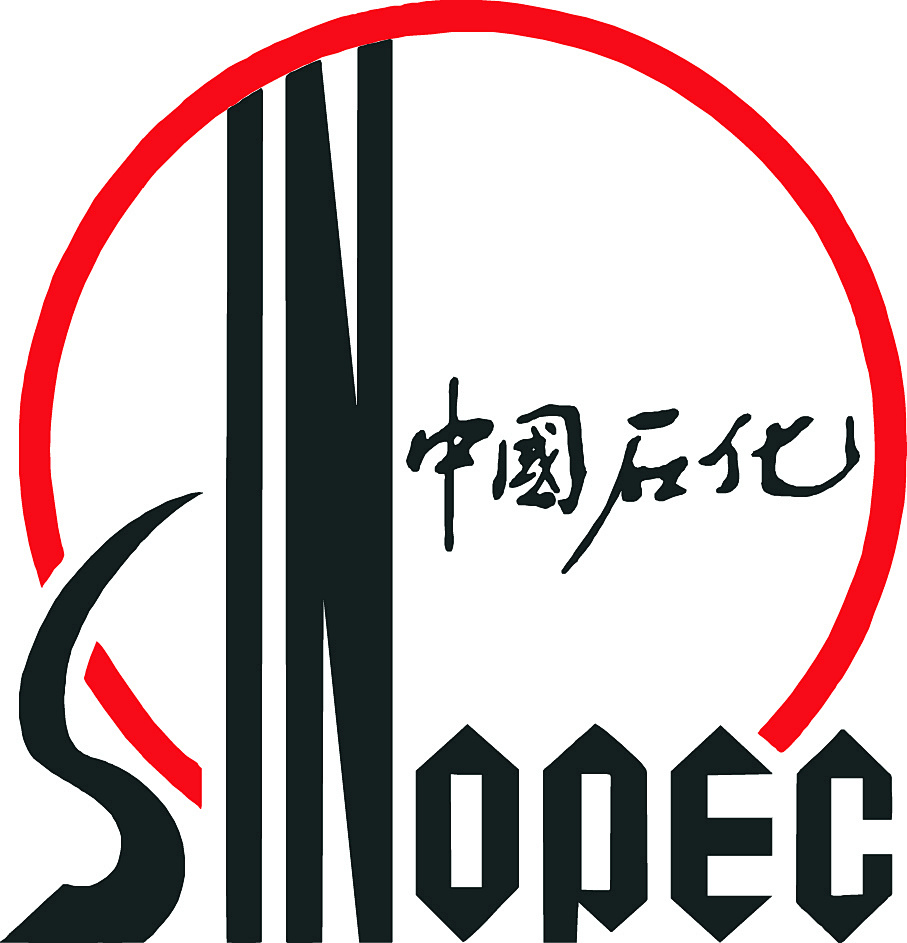GHS Label elements, including precautionary statements
Precautionary statements
P501 Dispose of contents/container to..…
P405 Store locked up.
P403+P235 Store in a well-ventilated place. Keep cool.
P403+P233 Store in a well-ventilated place. Keep container tightly closed.
P370+P378 In case of fire: Use … for extinction.
P308+P313 IF exposed or concerned: Get medical advice/attention.
P303+P361+P353 IF ON SKIN (or hair): Remove/Take off Immediately all contaminated clothing. Rinse SKIN with water/shower.
P280 Wear protective gloves/protective clothing/eye protection/face protection.
P271 Use only outdoors or in a well-ventilated area.
P264 Wash skin thouroughly after handling.
P264 Wash hands thoroughly after handling.
P261 Avoid breathing dust/fume/gas/mist/vapours/spray.
P241 Use explosion-proof electrical/ventilating/lighting/…/equipment.
P240 Ground/bond container and receiving equipment.
P233 Keep container tightly closed.
P210 Keep away from heat/sparks/open flames/hot surfaces. — No smoking.
P202 Do not handle until all safety precautions have been read and understood.
P201 Obtain special instructions before use.
Hazard statements
H335 May cause respiratory irritation
H336 May cause drowsiness or dizziness
H351 Suspected of causing cancer
H319 Causes serious eye irritation
H315 Causes skin irritation
H304 May be fatal if swallowed and enters airways
H303 May be harmfulif swallowed
H225 Highly Flammable liquid and vapour
![]() +086 1911-7288-062 [ CN ]
+086 1911-7288-062 [ CN ]






































































































